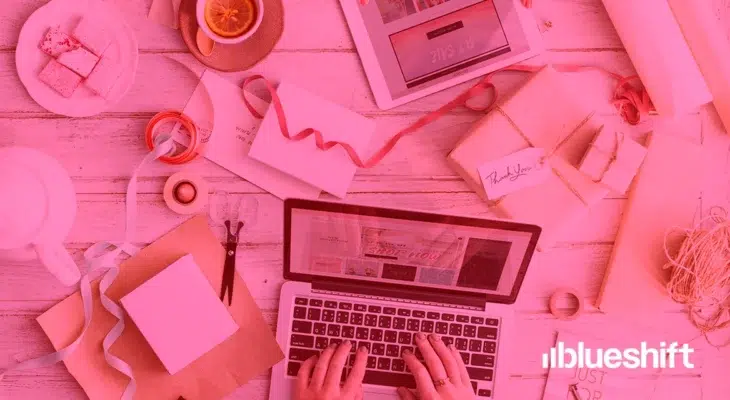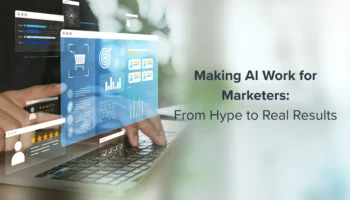Read Part 1 and Part 3 of our series “Lifecycle Stages for the Growth Marketer”.
Lifecycle Stages For Growth Marketers Part 2 – User Retention

Customer lifecycle is a term used to describe the progress of a customer as they go through consideration, engagement, purchasing, and maintaining loyalty to a product or service. It starts from the first time you get a user’s attention to your product and then keeping them as loyal customer.The customer lifecycle is often depicted a a circular cycle because the goal of customer retention is to get them to move through the cycle again and again.
Once you have the customer, it’s time to keep the customer. For Growth Marketers, much of their time must be focused on this area, otherwise you risk churning higher than normal amounts of users. (what is “normal” depends on your industry and business model.) In this stage, the focus is on Retention.
ENTER RETENTION CAMPAIGNS
The second stage of the customer lifecycle is retaining users you already activated with targeted content in the form of reminders or recommendations to reduce churn. Retention is a more effective way of growing revenue because companies aren’t stuck attracting, educating, convincing, and converting potential customers. Retention is also a more sustainable business model for sustained growth because you are marketing to customer who have already expressed an interest in the product and engaged with the brand. In studies by Bain & Company, increasing customer retention by 5% can result in an increase in profits of 25% – 95%, and the likelihood of converting an existing customer into a repeat customer is 60% – 70%.
User retention gives growth marketers a lot of opportunity to deliver targeted content through many channels and in many forms. They can impact retention by creating delightful customer experiences through all their marketing channels on a 1:1 level using powerful reminders and recommendations. Lets dive deeper into what these reminders and recommendations can look like for growth marketers.
REMINDERS:
- Status in the Product: This type of reminder can be related to any incomplete activity in their account (e.g. “complete your profile” or “turn on push notifications”).
- Weekly Activity Digests: Recurring personalized emails are a great way to keep active users engaged and staying on top of mind. For retailers this could mean sending a weekly email of new and trending items in their “Liked” categories or for media companies it can be trending content in the topics users are interested in.
- Abandoner Re-Targeting: These reminders can be related to user activity such as browsed items or wish-listed products. For content businesses this can take the form of recommended content related to last viewed article or video.
RECOMMENDATIONS:
- Recommendations based on the customer’s Interaction Graph: The way users interact with your catalogue of products or content makes up their persona. This information is great for recommendations based on graphs created by users and other users. For example Twitter email notifications that give you suggestions on who to follow uses this same logic. The same idea can be used by retailers by leveraging data about people and products they have interacted with.
- Recommendations based on affinity: Retail/E-commerce & media companies have large product catalogs or content. They have an even bigger data set of all the interactions users have with their catalog. This data can provide insights into preferences of users to certain categories, brands, authors, artists, price-points and more. The key to detecting user affinities is to not only look at individual user’s behavior, but also to normalize the behavior relative to other users. Growth marketers use these affinities to tailor marketing messages to every user on every channel, driving 3-10X higher response rates.
- Recommendations based on change/updates in the catalog or app: Changes in your catalog of products or content, e.g. new arrivals in relevant categories, price drops on items that the user engaged with the website and app. These triggers are especially good for mobile push notifications since they are “newsworthy”.


